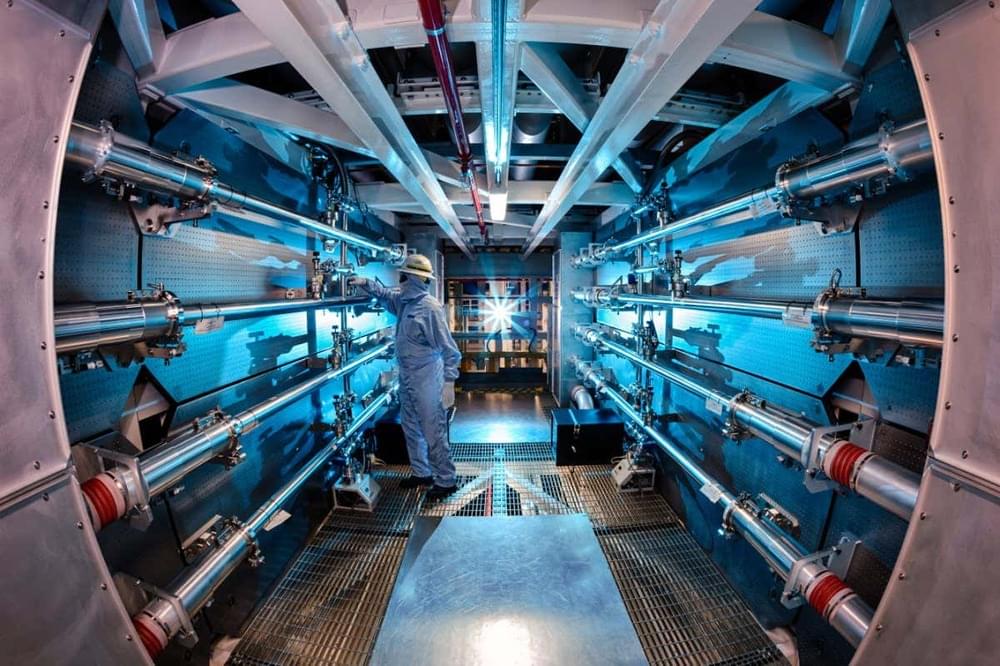He stepped down from the position of CEO after his company FTX filed for bankruptcy.
Earlier in the spring, effective altruism believer Sam Bankman-Fried (SBF) was worth $26 billion. As crypto prices dropped, so did SBF’s fortune. However, the turn of events in the past week has meant that the billionaire’s riches have evaporated entirely, leaving him with nothing, just like those who invested in his company, FTX, CNN.
Getty Images.
SBF’s fall came even faster and a week after the founder of FTX alleged that competitors were having a go at his crypto exchange, the venture formally declared bankruptcy. As the tables turned on FTX, all that was wrong with the company came out in the open.







